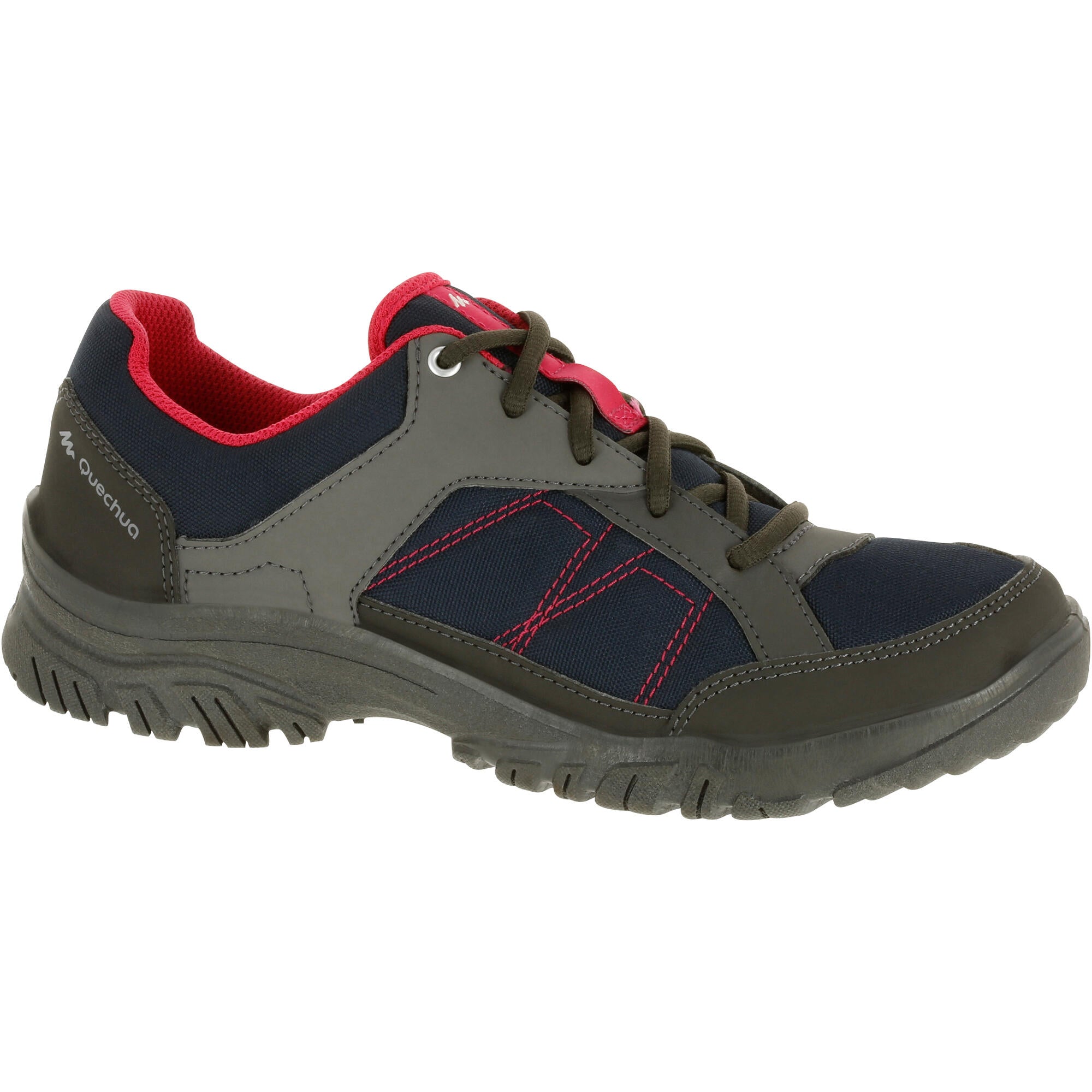Your Cart
-
${ item.product_title }$ ${item.price}
Let us know abour your query!
FREE SHIPPING, ARRIVES IN 1-3 DAYS
Every single product in our store is shipped for FREE! The best thing? It arrives in only 1 to 3 days!









